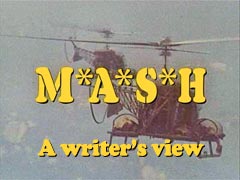Continued from Part 3.
Before we examine the merits that made our three breakthrough fantasies break through, I hope you will permit me a Historical Digression:
As luck or providence would have it, the other night I saw, for the first time, Tim Burton’s magnificently lurid production of Sweeney Todd: The Demon Barber of Fleet Street. That tale has been around, in various forms, for nearly two hundred years; it is one of the hardy perennials of horror fiction – far older than Dracula, almost as old as Frankenstein, almost exactly contemporary with the short stories of Edgar Allan Poe.
Mr. Todd first appeared in 1846, in a story called The String of Pearls, by James Malcolm Rymer and Thomas Peckett Priest – who, for that achievement alone, deserve to be ranked in the first class of Victorian novelists, but never are. For, alas, The String of Pearls was a penny dreadful. That is a term, or insult, that may need a bit of explanation for the benefit of the modern reader.
Every so often, the business of literature is turned topsy-turvy by some new technological development, and the previously unchallenged assumptions of the Grand Old Men of the business are blown to atoms and scattered widely over the waste regions of the cosmos.










Recent Comments